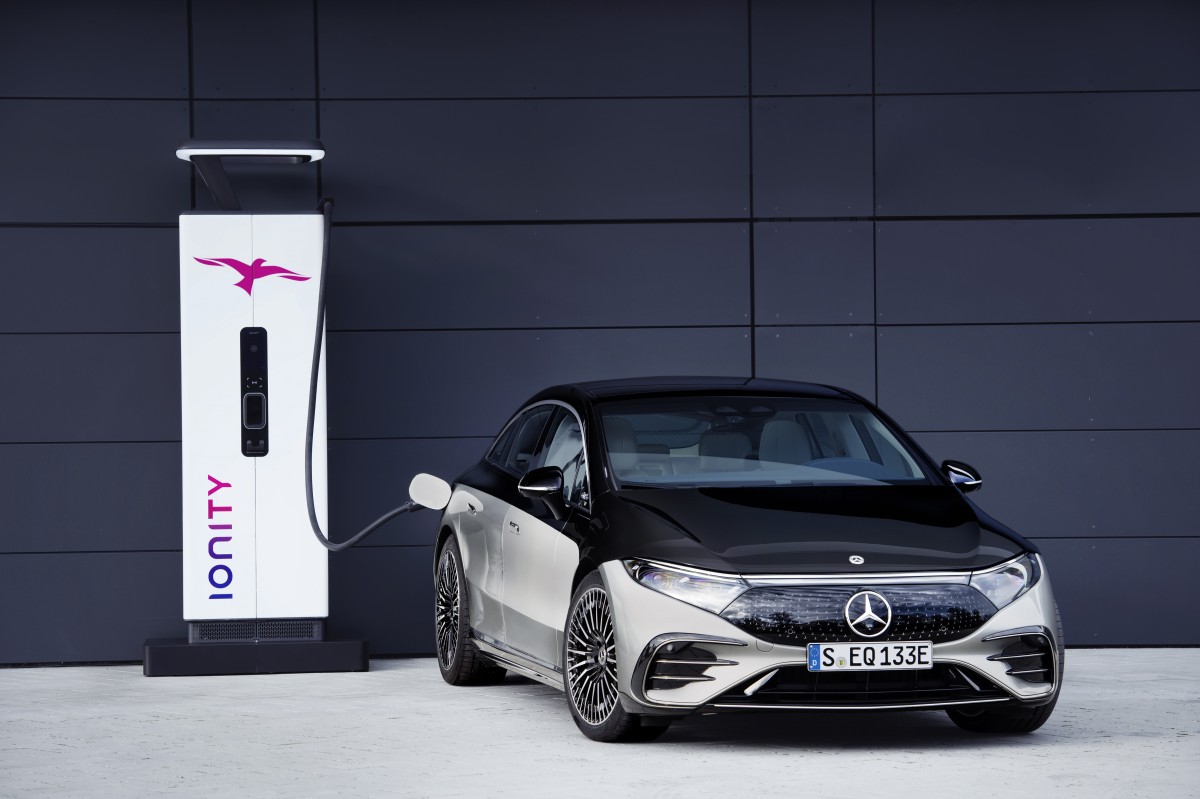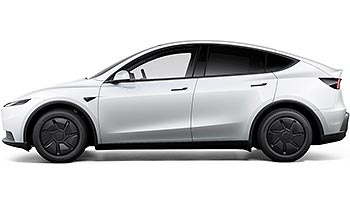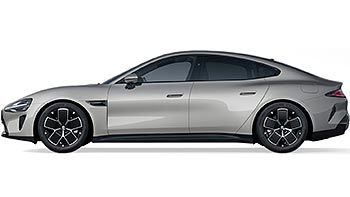Mercedes-Benz EQS brings the premium S-class into the EV future
Mercedes-Benz is finally ready to go big with electric cars, and we mean literally big, as well as figuratively. The newly unveiled EQS is basically the EV version of the S-class, the long running top of the line family from the German car maker.
The EQS isn't just an electric S-class, however, it's an entirely different animal, built from the ground up to be electric... and it shows.

Let's talk basics first. The range is up to 770km (478 miles) based on the WLTP standard, the torque numbers start at 568 Nm for the EQS 450+ model and reach up to 855 Nm for the EQS 580 4MATIC. The top speed for both models is limited to 210 km/h (130 mph).
Horsepower-wise, we're talking 329 or 516, and that's just for these 'normal' versions launching now - an even more powerful AMG performance model is promised too, with 751 hp. The entry-level EQS 450+ has one electric powertrain at the rear axle, while the 4MATIC-branded EQS 580 has an additional one at the front axle.

The EQS 450+ has a 0-100 kmh / 0-62 mph time of 6.2 seconds, while the EQS 580 4MATIC does the same in 4.3 seconds.
The batteries use a 400V architecture, and in terms of capacity you get 90 or 107.8 kWh of usable capacity, depending on which trim you pick. When you buy an EQS, you get a battery certificate that is valid for ten years or 250K km, that covers loss of capacity of the battery.

Charging is 22 kW AC if you pay extra, or 11 kW AC by default, and up to 200 kW DC. If using the latter you get 300 km of WLTP range in just 15 minutes of charging. The Mercedes me Charge network has over 500,000 AC and DC charging points in 31 countries, including over 200,000 in Europe. At home expect 10 hours for a full charge on the 11 kW charger, and 5 hours if you pay for the 22 kW one.
The EQS is world record holding in aerodynamics for a production car, with a cd value of just 0.20, and that obviously helps with the range. There are three levels of recuperation adjustable by paddles on the steering wheel, with the recuperation output up to 290 kW.

Adaptive air suspension is standard, with four driving modes: Eco, Comfort, Sport, and Individual, with the latter being customizable as you'd expect from the name. The car's height automagically drops at speeds over 120 km/h (74 mph) to increase aerodinamic efficiency and boost range.
The 5.21m (205-inch) long car gets four-wheel steering too, with the rear wheels capable of turning up to 4.5 degrees as standard, or 10 degrees as an optional extra that can be unlocked through software. With the standard version, the turning circle is just 10.9m (35.7 feet), and if you pay extra you'll get that reduced by 1m.

On the inside you get three huge screens: a 12.3-inch driver display that shows you driving data, a 17.7-inch central panel for the main media and infotainment controls, and a 12.3-inch unit placed in front of the passenger seat for them to have something to play with too. The screens are all OLED and have adaptive brightness. This is what Mercedes calls Hyperscreen, but it's an optional extra, the standard trim comes with a 12-inch driver's display and 13-inch portrait-oriented centre console one.
The navigation system can schedule routes based on charging stations, and the Hey Mercedes voice assistant is also baked in of course. It can even be operated from the rear of the car now. There's also an entertainment package for the rear, with two 11.6-inch screens and the option to share screen content across the car. Through face recognition, the car can tell who's driving and load your personal settings automatically.

The boot has a 601l capacity, rising to 1,770l with the seats folded. In terms of driver assistance, there's adaptive cruise control which responds to speed limits and the level of charge in the battery - accelerating more gently the lower you are on current.
The Mercedes Drive Pilot system will allow Level 3 self-driving at speeds up to 60 km/h (37mph), where legal. For starters, that's going to be Germany only.
You also get Active Steering Assist which keeps the car in its lane on a freeway/motorway/highway up to 120 km/h (74 mph), while Active Lane Change Assist helps you change lanes if the adjacent one is empty and the road markings allow the move. Attention Assist will suggest a break if it senses a change in your driving, and Active Brake Assist does what you'd expect it to. Also self-explanatory is Active Blind Spot Assist, and then you get a bunch of parking assistants too, including one that lets the car park itself automatically. The doors are automatic and have obstacle detection.

As you can see, the EQS definitely looks unique, with its double-tone finish, six lateral windows, and overall curvy nature. And the interior is definitely going for a futuristic vibe, even if it may seem a bit too much. You can choose between eight color combos for the interior, and you can customize the LED ambient lights to your heart's content.
The new EQS goes on sale this summer, starting from £80,000, while the 4MATIC model will start at close to £100,000.
Related
Reader comments
Nothing yet. Be the first to comment.
















